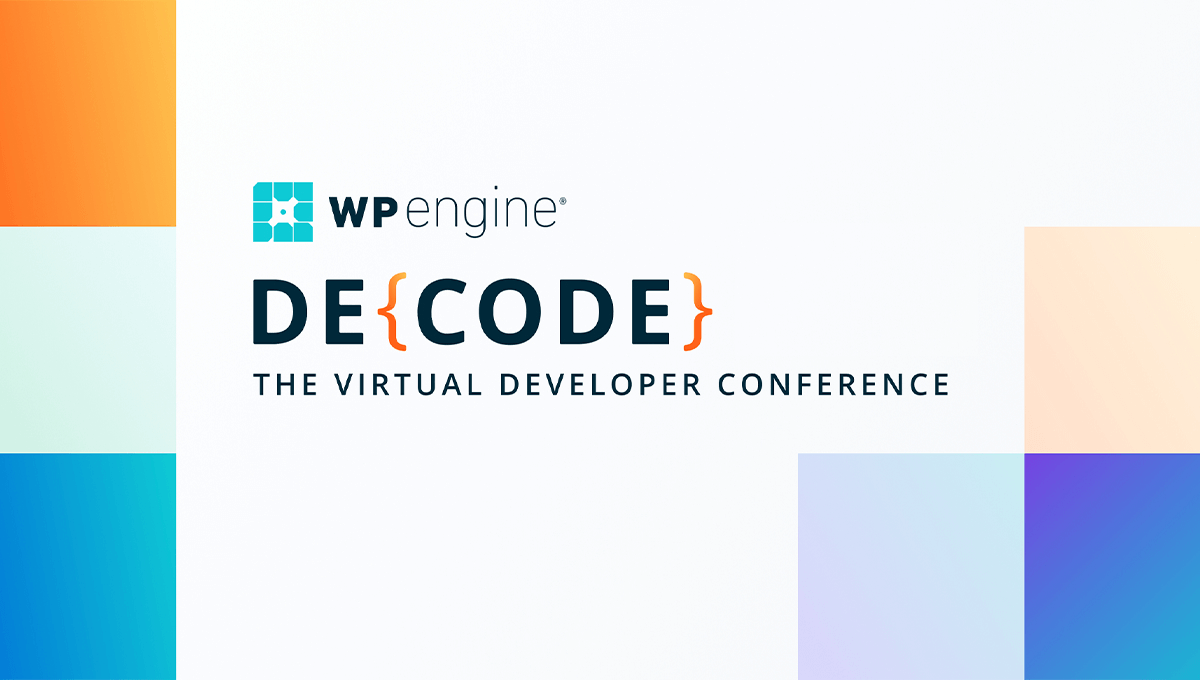Generative Engine Optimization (GEO) is the latest shift in digital marketing, focusing on optimizing content for AI-driven search engines like ChatGPT, Perplexity, Grok and Gemini.
As a quick refresher: Search Engine Optimization (SEO) is the process of optimizing a website to improve visibility and ranking on search engines like Google and Bing to increase organic traffic.
In this blog, we’ll explore what GEO is, how it works, and how SEO supports and enhances the effectiveness of GEO in the ever-evolving world of digital marketing.
What is GEO?
GEO, or Generative Engine Optimization, is the practice of optimizing content to appear in the responses generated by AI-based platforms. Unlike traditional search engines, these AI-driven systems use advanced algorithms to gather and synthesize information, offering users quick, comprehensive answers rather than just a list of links. Optimizing for GEO means making sure your content is easily processed and prioritized by AI engines, allowing your website and brand to engage users across a broader range of user search behaviours.
By adopting GEO strategies, your goal is to increase visibility in AI-generated responses, capture more targeted traffic, and build a loyal audience.
GEO vs. SEO: Similarities and Differences
GEO and SEO are complementary strategies. While SEO focuses on improving your site’s visibility on traditional search engines like Google and Bing, GEO targets AI-powered platforms. Both share similar goals but require slightly different tactics.
Similarities:
- Visibility: Both aim to increase the visibility of your content online, ensuring it reaches your target audience effectively.
- Keyword Strategy: Both rely on the strategic use of keywords to improve discoverability.
- User Experience: High-quality, easy-to-navigate content is essential in both.
- Content Quality and Relevance: SEO and GEO emphasize content that meets user needs and aligns with E-E-A-T principles (experience, expertise, authority, and trust).
- Data Insights and Analytics: Both use data to refine content strategies and measure success.
- Technical Optimization: Attention to load speed, mobile-friendliness, and structured data is crucial in both.
- Authority Building: Building credibility and trustworthiness is a key goal for both GEO and SEO.
- Adaptation: Both require ongoing updates to align with changes in algorithms and technology.
Differences:
- Target Platforms: SEO is traditionally focused on search engines like Google and Bing, while GEO targets AI-driven platforms like ChatGPT or Gemini.
- Response Generation: SEO focuses on improving rankings for individual web pages, while GEO optimizes content for AI to provide synthesized responses to queries.
- Content Contextualization: SEO relies on keyword placement, while GEO requires contextually relevant content that AI can easily parse and use.
- Algorithm Adaptation: SEO requires adapting to search engine algorithm updates, while GEO involves adjusting to the ever-evolving capabilities of AI.
How SEO Supports GEO
SEO provides the foundational strategies that enhance the effectiveness of GEO. The overlap between the two means that many SEO best practices are crucial to successful GEO optimization. Here’s how SEO supports GEO:
- Content Structure: Proper SEO ensures that content is well-organized with headings, bullet points, and structured data. This structure not only helps traditional search engines but also makes it easier for AI systems to digest and prioritize content.
- Keyword Research: SEO’s focus on comprehensive keyword research extends to GEO by helping AI engines understand the context and intent of user queries. Identifying conversational and long-tail keywords enhances content relevancy for AI-driven searches.
- Technical SEO: Core elements of SEO, like improving load speeds, mobile-friendliness, and ensuring proper site indexing, are equally important for GEO. AI systems rely on technically sound websites to gather accurate information efficiently.
- User Experience: Both SEO and GEO prioritize user-friendly experiences. By following SEO principles like clear navigation and high-quality content, your website becomes more valuable not only for users but also for AI systems trying to deliver relevant information.
- Continuous Learning and Adaptation: SEO’s ability to adapt to algorithm changes carries over to GEO. As AI evolves, the need for continual updates to content strategies is critical for maintaining visibility across AI platforms.
Integrating GEO with SEO
Rather than seeing GEO and SEO as separate approaches, integrating them can create a more powerful digital marketing strategy. Here are some effective ways to combine the two:
Strategies for Effective Integration:
- Unified Content Strategy: Create high-quality, relevant content that works for both traditional search engines and AI-driven platforms.
- Comprehensive Keyword Research: Expand your research to cover natural language queries and conversational phrases that resonate with AI.
- Technical Excellence: Maintain a technically sound website with fast load times, mobile responsiveness, and well-structured content to support both SEO and GEO.
- Adaptation and Learning: Stay informed about changes in both SEO algorithms and AI technologies, continuously refining your strategies for maximum visibility.
Why GEO is Important
As AI-driven search continues to grow, GEO is becoming an essential part of digital marketing. More users are turning to AI platforms to find information, which means businesses must adapt their strategies to maintain visibility in this new landscape. Traditional SEO tactics alone are no longer enough to stay competitive.
Key Benefits of GEO:
- Increased Reach: GEO allows your content to be seen on AI-driven platforms, broadening your audience beyond traditional search engines.
- Improved User Experience: Optimizing content for AI ensures that users get quick, relevant responses, which builds loyalty and satisfaction.
- Competitive Advantage: Early adoption of GEO sets your brand apart as a forward-thinking leader in a rapidly changing digital world.
- Future-Proofing: Combining GEO with SEO ensures your strategy remains effective as search technologies evolve.
How Generative AI Engines Work
Generative AI platforms use sophisticated machine learning models to understand natural language and generate responses. These engines pull information from various sources and synthesize it into comprehensive answers, providing users with the most relevant and contextually accurate information.
How GEO Works
GEO involves optimizing content so that it is clear, contextually relevant, and easy for AI engines to process. Key elements include understanding user intent, providing comprehensive answers, and structuring content in a way that AI systems can efficiently parse and prioritize.
Key Elements of GEO:
- Content Research: Identify the types of content AI platforms prioritize and align your content strategies accordingly.
- Content Quality and Relevance: Create content that is accurate, informative, and aligned with user intent.
- Content Structure: Use clear, concise language and structured formatting to improve AI’s ability to interpret your content.
Future Potential of GEO
As AI search continues to evolve, the potential of GEO is vast. From hyper-personalized search results to voice and visual search integration, GEO will play an increasingly important role in shaping how brands engage with their audiences.
Key Takeaway:
SEO remains a foundational element of any digital marketing strategy and directly supports and enhances the effectiveness of GEO. By integrating SEO with GEO, you can ensure your brand remains visible and competitive across both traditional and AI-driven search platforms.





